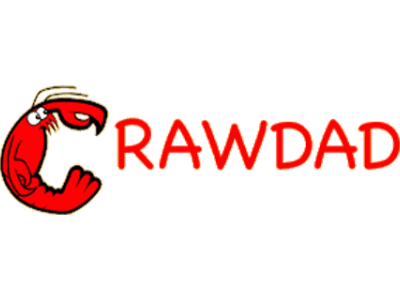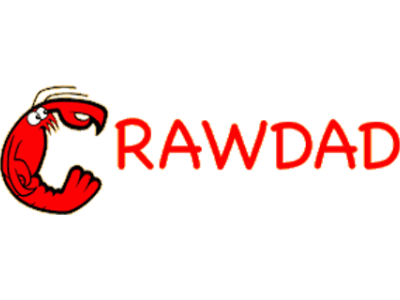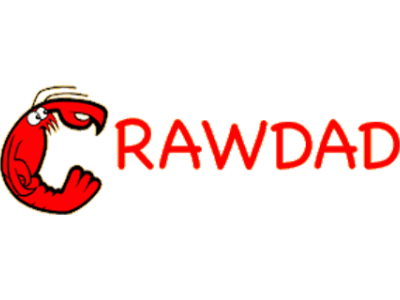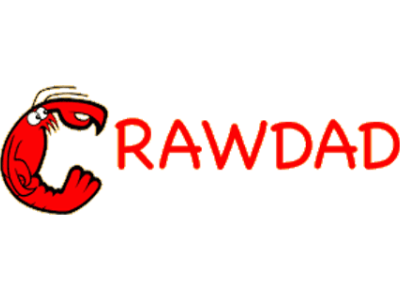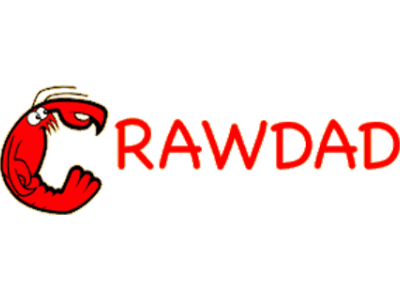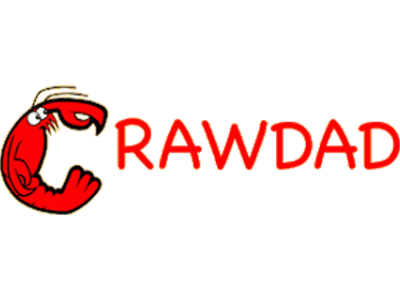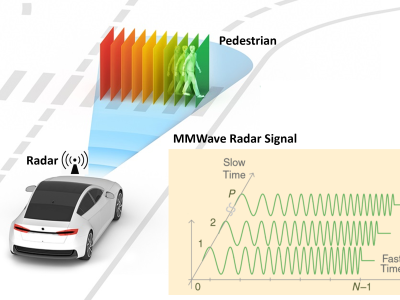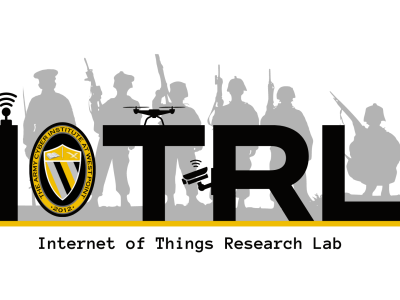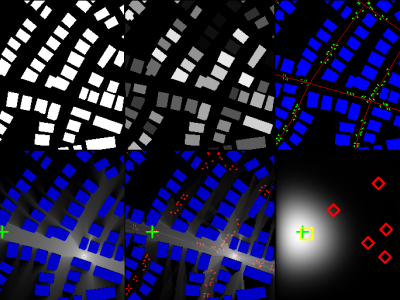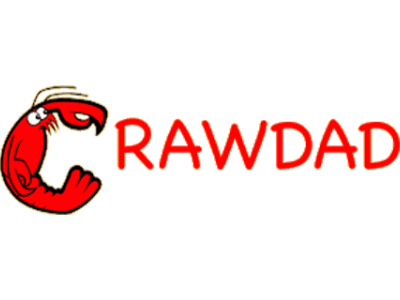CRAWDAD rutgers/capture

- Citation Author(s):
-
Kishore Ramachandran (Rutgers, The State University of New Jersey)Marco Gruteser (Rutgers, The State University of New Jersey)Ivan Seskar (Rutgers, The State University of New Jersey)Sachin Ganu (Rutgers, The State University of New Jersey)Jing Deng (University of New Orleans)
- Submitted by:
- CRAWDAD Team
- Last updated:
- DOI:
- 10.15783/C7KK5P
- Data Format:
 99 views
99 views
- Categories:
Abstract
Dataset containing RFMON (wireless monitoring) traces capturing transmitted MAC frames on the ORBIT testbed.
In an experiment involving two senders and one receiver, we placed a sniffer (wireless NIC in monitor mode) close to each of the senders so as to capture all transmitted MAC frames from each sender.
date/time of measurement start: 2006-02-23
date/time of measurement end: 2006-02-23
collection environment: We experimentally investigate the physical layer capture effect in off-the-shelf 802.11 network cards and confirm that it reduces throughput fairness of traffic flows.
All our experiments were conducted on the ORBIT testbed comprising 64 wireless nodes arranged in an 8x8 grid. Each node has two 802.11 a/b/g cards. We used 802.11b channel 1 for all our experiments. There is an equal distribution of nodes with Intel IPW 2915 chipset based cards and Atheros AR5212 chipset based cards.
network configuration: For all our experiments, we have used the nodes with Atheros cards since they allow software control over various parameters such as CWmin selection, disabling retries etc. The open source Madwifi driver for the Atheros chipset based cards implements a majority of MAC protocol features in the driver rather than in hardware, thereby allowing a variety of modifications at the software level. We have also developed a supporting software library that allows us to extract useful information such as RSSI, PHY rate, hardware timestamp (1μsecond granularity) from the device driver for each successfully received packet. Note that there are no hidden nodes in our testbed and each node is within transmission range of every other node. There is no external interference from other 802.11 wireless devices in all our experiments. This was verified by using the iwlist (interface) scan utility that detects infrastructure or ad-hoc networks in the vicinity.
data collection methodology: To experimentally detect the physical layer capture phenomenon, we adapted the technique of using per-sender sniffers and constructing a global timeline of all transmission and reception events in each of our experiments.
Traceset
rutgers/capture/RFMON
Traceset containing RFMON (wireless monitoring) traces from sniffers close to specific sender machines on the ORBIT testbed.
- file: sender2.tar.gz
- description: We used a wireless NIC in RFMON mode (sniffer) close to each of the senders so as to capture all transmitted MAC frames from a particular sender.
- measurement purpose: Network Performance Analysis, MAC Protocol Development
- methodology: In these experiments, we use two transmitters S1 and S2 that send packets to a common receiver. We chose one sniffer near each sender such that the signal strength or RSSI of packets received from this sender is higher than that of frames received from any other sender. The reasoning behind this placement is that a sniffer is also a regular radio receiver susceptible to the capture phenomenon. We use a feature provided by Atheros cards - a station can perform "live monitoring" and observe WLAN traffic while still being synchronized with the rest ofthe stations in the network. This implies that the logs from each of the sniffers do not have to be explicitly "synchronized"; they can be merged directly based on the hardware timestamp of each received frame. We used tcpdump on the sniffers and processed the collected information using awk scripts.
rutgers/capture/RFMON Trace
- sender1: RFMON (wireless monitoring) trace from a sniffer close to sender1 (a sender machine) on the ORBIT testbed. We used a wireless NIC in RFMON mode (sniffer) close to each of the senders so as to capture all transmitted MAC frames from a particular sender.
- configuration:
Traces included:
----------------
We used a wireless NIC in RFMON mode (sniffer) close
to each of the senders so as to capture all transmitted
MAC frames from a particular sender. This trace contains
tcpdump file from sniffer close to sender 1.
Further processing:
-----------
Step 1: You can first convert the traces to text using
tethereal (tshark) as follows:
% tethereal -Vr sender1.trace; sender1.txt
Step 2: You can then extract relevant information from the
each trace using the included awk script:
% awk -f process-tcpdump.awk sender1.txt; sender1-processed.txt
% awk -f process-tcpdump.awk sender2.txt; sender2-processed.txt
Step 3: You can then merged the traces using the UNIX sort utility.
Note that since the sniffers were also part of the 802.11b infrastructure
network, (we were leveraging a monitor mode provided by madwifi which
allowed us to do so) the wireless NIC at the sniffers is synchronized
using access point beacons. Thus, we can merge the trace by sorting
on the 64-bit receive timestamp provided by Atheros hardware (with
microsecond granularity). More details regarding the setup are available
in our workshop paper.
% sort -n -k 1 sender1-processed.txt sender2-processed.txt; merged-trace.txt
- format: This trace (tarball) includes an awk script (process-tcpdump.awk) and a tcpdump format (including Prism Monitoring Header)
- sender2: RFMON (wireless monitoring) trace from a sniffer close to sender2 (a sender machine) on the ORBIT testbed. We used a wireless NIC in RFMON mode (sniffer) close to each of the senders so as to capture all transmitted MAC frames from a particular sender.
- configuration:
Traces included:
----------------
We used a wireless NIC in RFMON mode (sniffer) close
to each of the senders so as to capture all transmitted
MAC frames from a particular sender. This trace contains
tcpdump file from sniffer close to sender 1.
Further processing:
-----------
Step 1: You can first convert the traces to text using
tethereal (tshark) as follows:
% tethereal -Vr sender1.trace; sender1.txt
Step 2: You can then extract relevant information from the
each trace using the included awk script:
% awk -f process-tcpdump.awk sender1.txt; sender1-processed.txt
% awk -f process-tcpdump.awk sender2.txt; sender2-processed.txt
Step 3: You can then merged the traces using the UNIX sort utility.
Note that since the sniffers were also part of the 802.11b infrastructure
network, (we were leveraging a monitor mode provided by madwifi which
allowed us to do so) the wireless NIC at the sniffers is synchronized
using access point beacons. Thus, we can merge the trace by sorting
on the 64-bit receive timestamp provided by Atheros hardware (with
microsecond granularity). More details regarding the setup are available
in our workshop paper.
% sort -n -k 1 sender1-processed.txt sender2-processed.txt; merged-trace.txt
- format: This trace (tarball) includes an awk script (process-tcpdump.awk) and a tcpdump format (including Prism Monitoring Header)
Instructions:
The files in this directory are a CRAWDAD dataset hosted by IEEE DataPort.
About CRAWDAD: the Community Resource for Archiving Wireless Data At Dartmouth is a data resource for the research community interested in wireless networks and mobile computing.
CRAWDAD was founded at Dartmouth College in 2004, led by Tristan Henderson, David Kotz, and Chris McDonald. CRAWDAD datasets are hosted by IEEE DataPort as of November 2022.
Note: Please use the Data in an ethical and responsible way with the aim of doing no harm to any person or entity for the benefit of society at large. Please respect the privacy of any human subjects whose wireless-network activity is captured by the Data and comply with all applicable laws, including without limitation such applicable laws pertaining to the protection of personal information, security of data, and data breaches. Please do not apply, adapt or develop algorithms for the extraction of the true identity of users and other information of a personal nature, which might constitute personally identifiable information or protected health information under any such applicable laws. Do not publish or otherwise disclose to any other person or entity any information that constitutes personally identifiable information or protected health information under any such applicable laws derived from the Data through manual or automated techniques.
Please acknowledge the source of the Data in any publications or presentations reporting use of this Data.
Citation:
Kishore Ramachandran, Marco Gruteser, Ivan Seskar, Sachin Ganu, Jing Deng, rutgers/capture, https://doi.org/10.15783/C7KK5P , Date: 20070420


